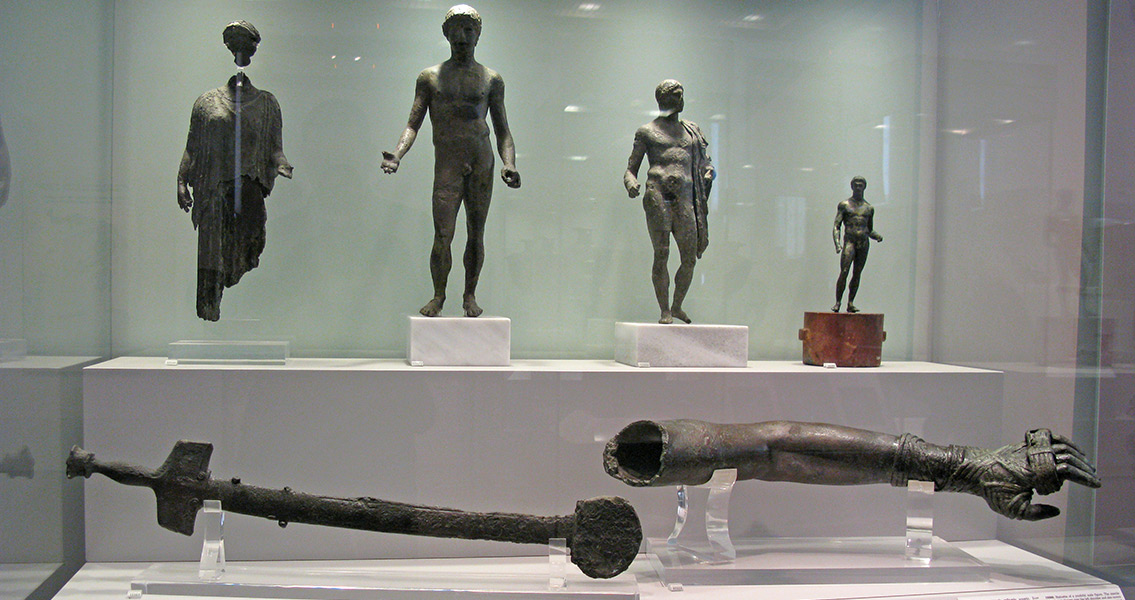<![CDATA[The Antikythera Shipwreck, located at the edge of the Aegean Sea off the coast of Antikythera, near the northwestern coast of Crete, is one of the most celebrated archaeological finds in modern antiquity. Originally discovered by happenstance in 1900 by sponge divers that had decided to wait out a passing storm, the wreck has yielded some of the most fascinating finds over more than a decade of study. Now, a plan for five years’ worth of new excavations in the region has been approved by Greece’s Central Archaeological Council. The wreck itself has been dated to between 85 BCE and 60 BCE, but some of the artifacts recovered from the sunken ship have been dated as far back as the fourth century BCE. Coins and statues from the era were recovered, but the most noteworthy and mysterious artifact, a collection of intricate clockwork bronze gears designed to work in concert to calculate astronomical events, called the Antikythera Mechanism, has been fascinating archaeologists for more than a hundred years. The artifact has since come to be known as the first evidence of an analog computer ever discovered by modern researchers. The Antikythera Mechanism is thought to have been constructed sometime around 205 BCE. Archaeologists had been keen to return to the waters off the island of Antikythera for decades, but it wasn’t until a joint venture in 2012 between the US-based Woods Hole Oceanographic Institution and the Hellenic Ephorate of Underwater Antiquities that the wreck was revisited. Over the course of the next two years, the collaborative effort pulled up a myriad of artifacts to the surface including pieces of boat anchors, a Greek amphora, building tiles, and a bronze spear. Researchers also used three-dimensional imaging to map the wreck digitally in order to aid in planning return expeditions. The new plans for the next half a decade include investigations into sites in close proximity to the wreck where initial studies have indicated the possible presence of as many as two more shipwrecks. Areas of the seabed that have yielded large numbers of metal objects or pottery in the past are also to be excavated under the newly approved plans. Woods Hole has been integral in the recent investigative projects thanks to the well-maintained nature of its deep sea exploration infrastructure, which has enabled both it and the Ephorate to delve deeper into the wreck than ever before. The US-based research institution is also readying to deploy new “Exosuit” technology that will enable divers to reach depths of 300 meters below the surface without the need to worry about decompression sickness. The armored diving suit is designed to withstand massive underwater pressures while keeping its occupant safe, and features pincers at the end of each arm to allow the pilot to manipulate objects found underwater. Preliminary dives made using the Exosuit took last year to much success, prompting hopes that the technology will aid in the recovery of additional artifacts from the dig site over the next five years. For more information: www.antikythera.whoi.edu Image courtesy of Wikimedia Commons user: Tilemahos Efthimiadis from Athens, Greece]]>
Antikythera Shipwreck Approved for Additional Excavation
